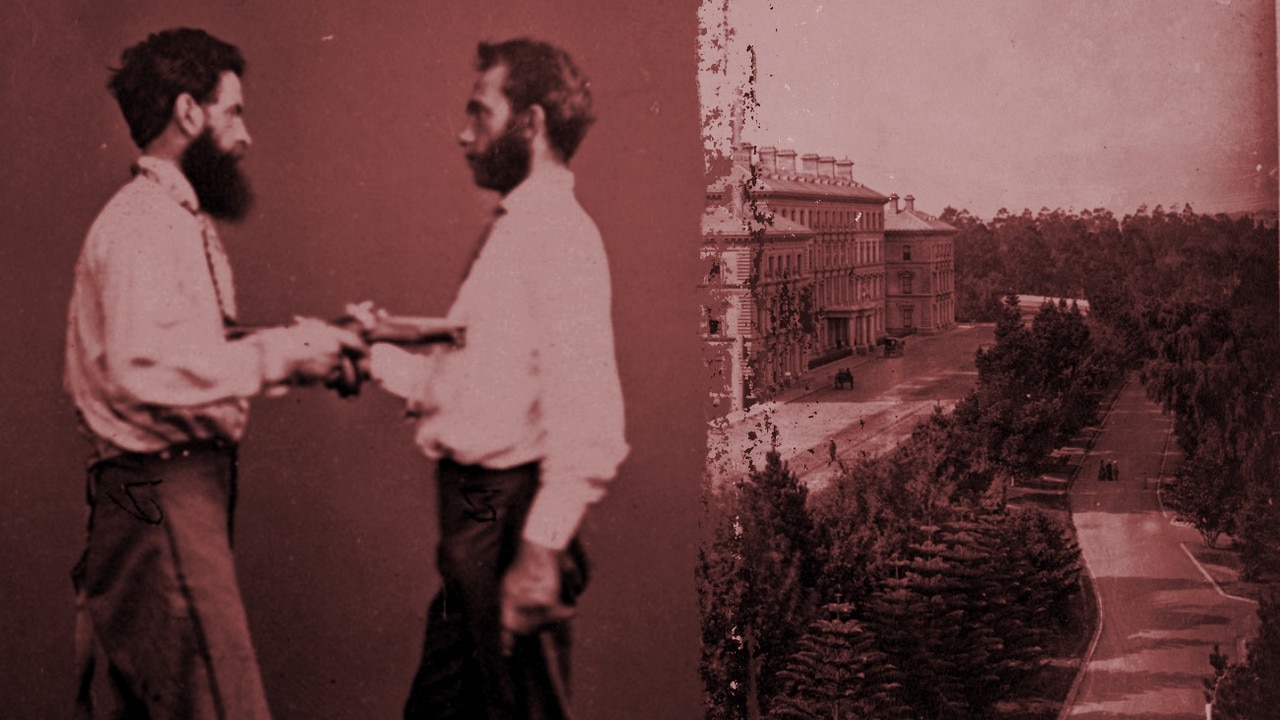Melbourne’s stop start journey with its iconic trams
IT took Melburnians a while to fall in love with our iconic trams, which at first were powered by horses. Take a look at how our city’s trams have changed.
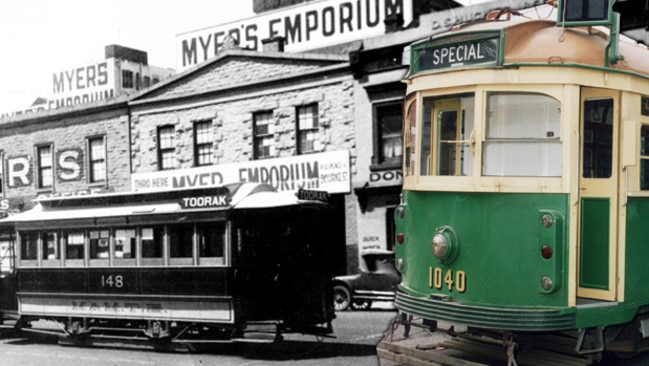
Melbourne
Don't miss out on the headlines from Melbourne . Followed categories will be added to My News.
MELBOURNE’S trams may be an iconic symbol of the city but it took years before the public started to really get on board.
There were two types of trams that ran in the city in the 1880s, a cable car and horse-drawn “trams” which covered short distances.
Cable trams started to run in 1885 while horse trams started two years later, carting passengers from stations in the northern suburbs.
THE STORY BEHIND WATTLE PARK’S TRAMS
Cable trams were imported from New York and had an open “dummy” section which housed an engine as well as passengers together with a closed section.
The first cable trams ran from the corner of Bourke and Spencer streets, to Flinders St, Wellington Parade and along Bridge Rd to Hawthorn.
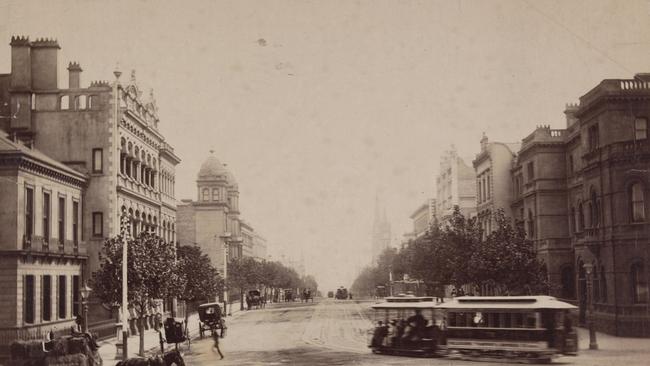
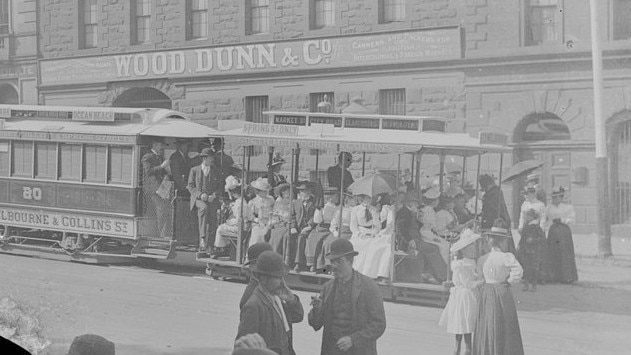
Before they could even run, a 1.2m trench had to be dug in the road for cables to run in both directions to help pull the trams which were powered by steam engines.
But while the cable cars continued horse trams didn’t last and the first electric tram was opened in 1889 running from Box Hill to Doncaster.
“The new means of propulsion had a very pleasant experience … the vehicle glided down the track with a smooth and easy motion,” a newspaper reported at the time.
Started by an enterprising company, the “Box Hill Doncaster Electric Tramway” was inspired by a centennial exhibition and a land boom in the area.
The project owed its origin to the land boom existing at the time and the frenzied speculation in land in and around Doncaster seemed to indicate rapid development of the area,” it said in the defunct paper The Argus.
FORMER SHOPPING ICONS: REMEMBER BRASHS, GEORGES?
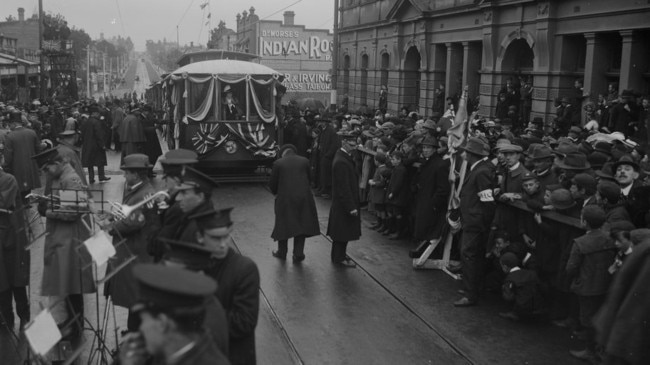
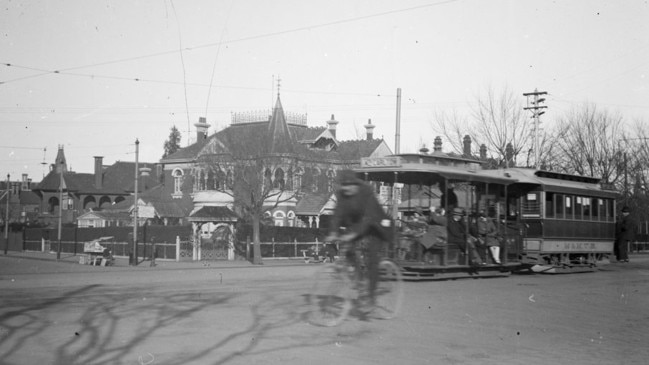
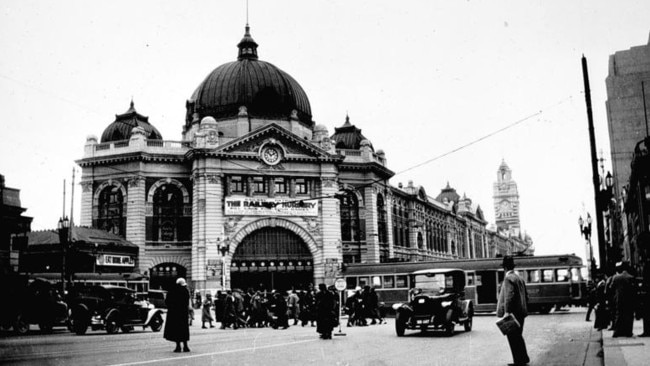
The “tramway” covered 21 miles (33 kilometres) and ran from the intersection of Whitehorse Rd and Station Street in Box Hill to the Tower Hotel in Doncaster.
“Just seven years after it started, in 1896, the line went the way of the horse trams and was abandoned because of a lack of patronage.
It took a decade before another electric tram service started in the city and managed to last.
Paving the way was Victorian Railways which opened a line from St Kilda Station (which is still a stop on route 96) to Brighton in 1906.
In the same year another line was opened up from Flemington Bridge running to Essendon and Maribyrnong by a private enterprise, the North Melbourne Electric Tramway & Lighting Company.
Trams had finally taken hold and by 1910 lines were opened in Prahran and Malvern with 13 carts ready to go on two routes.
SHANE WARNE, VEGEMITE STATIONS?
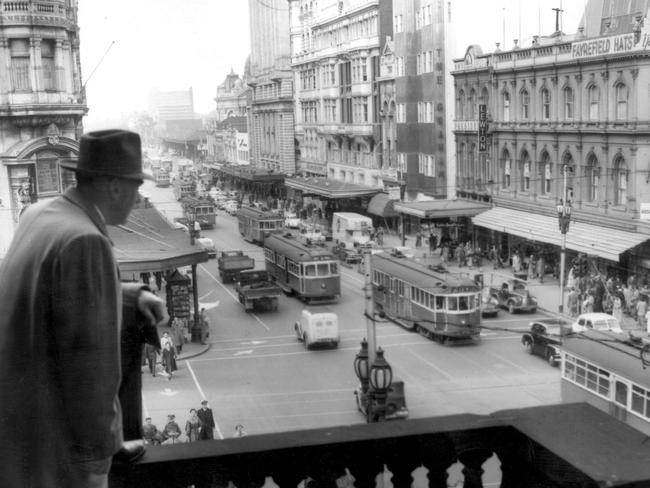
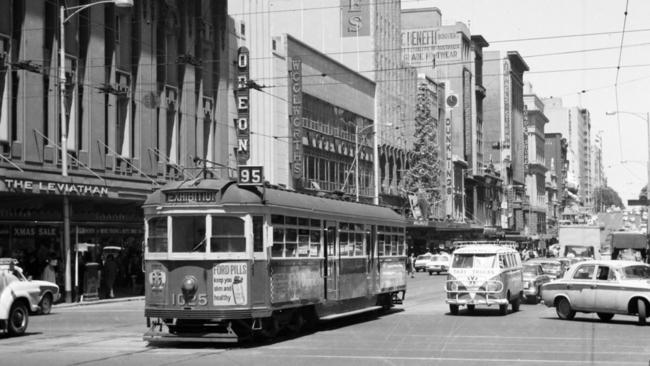
The network expanded rapidly over the next ten years with almost 100 trams and more than 56km of routes which extended to St Kilda, Caulfield, Glenhuntly, Hawthorn, Kew, Camberwell and Mont Albert.
However it wasn’t always a smooth ride and accidents sometimes had fatal consequences.
Sixteen-year-old Clarence Handson was killed in 1917 when a tram “capsized” in Burwood after coming off the tracks, hitting a tree and crashed onto its side.
“Shrieks and cries issued from the lips of terrified women and men, who were hurled hither and tither by the overturning car,” The Age reported on January 8.
“Only two men were thrown out, the others being caught like rats in a trap”
Up to 18 others were injured in the crash with many passengers day-tripping out to the country, the paper reported.
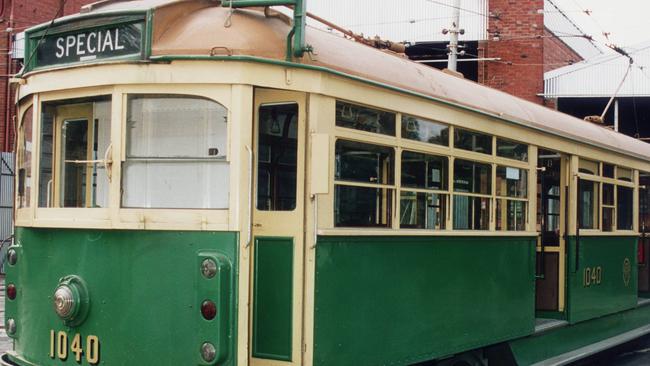
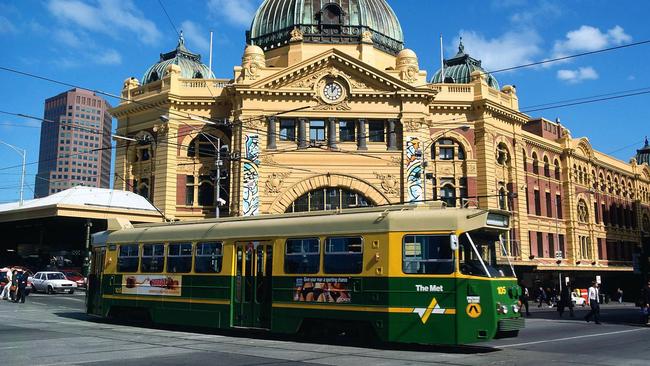
In another incident young woman was killed in 1922 when her tram hit another at the intersection of Johnston and Brunswick in Fitzroy.
East Brunswick woman Anne Gleeson, 26, was a passenger and had been thrown from the tram.
“Both cars were spun ‘round several times, and Miss Gleeson with all the occupants of the car, except the driver, were hurled violently to the roadway,” a paper reported.
Despite the accidents and the stop-start journey to get the tram system going it was well underway during the 1920s.
The city was replacing cable cars with electric trams and in 1923 the famous ‘W’ class tram was designed to replace the existing fleet.
MORE MELBOURNE NOSTALGIA

